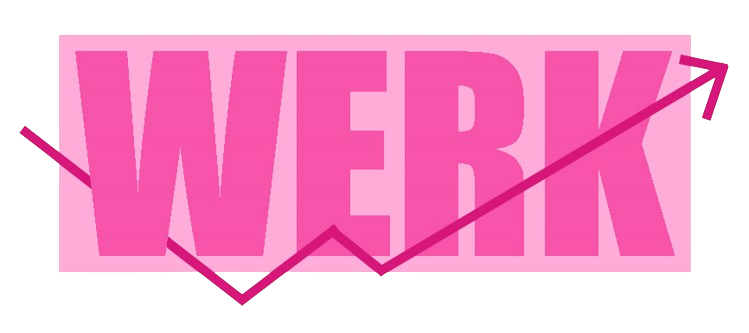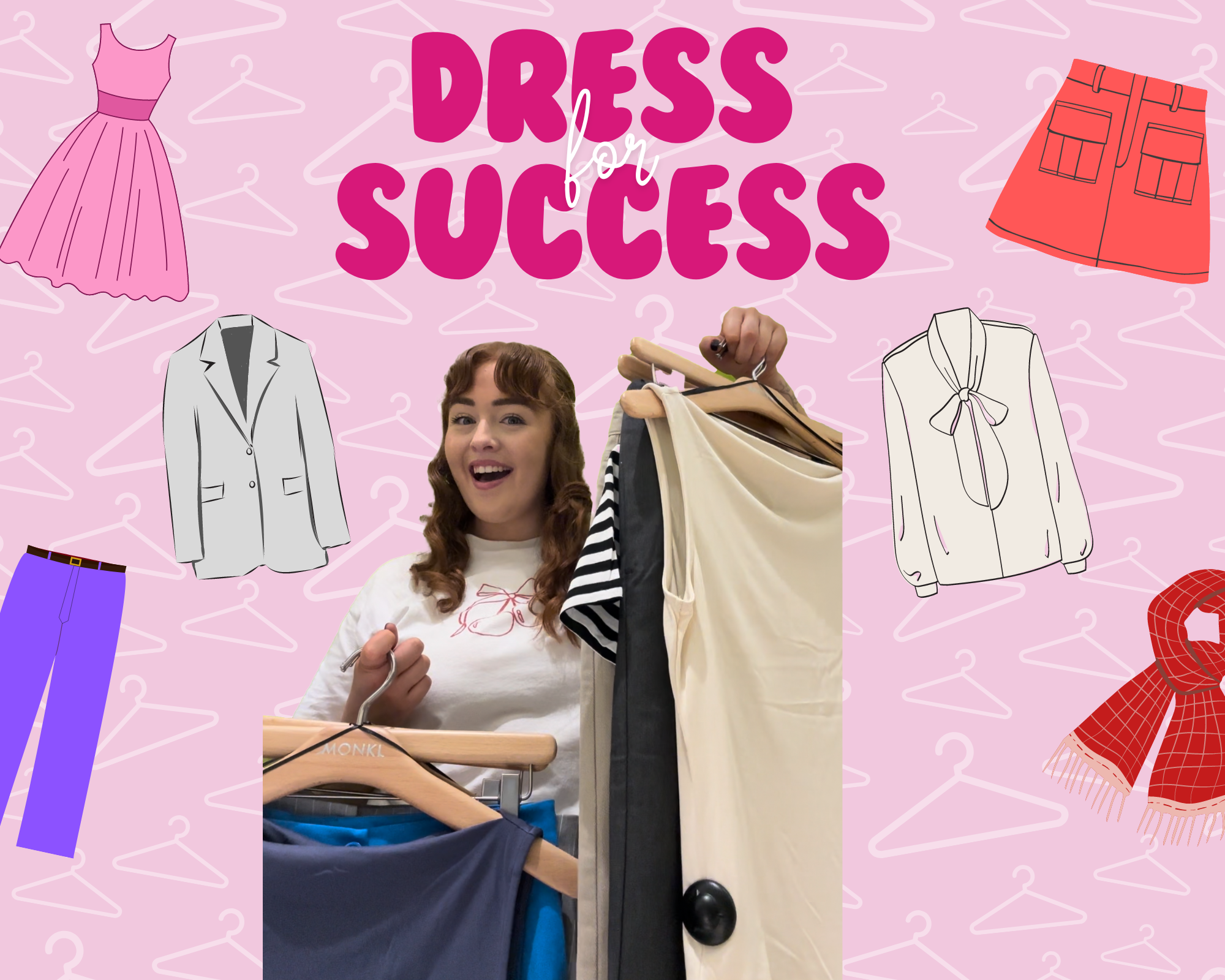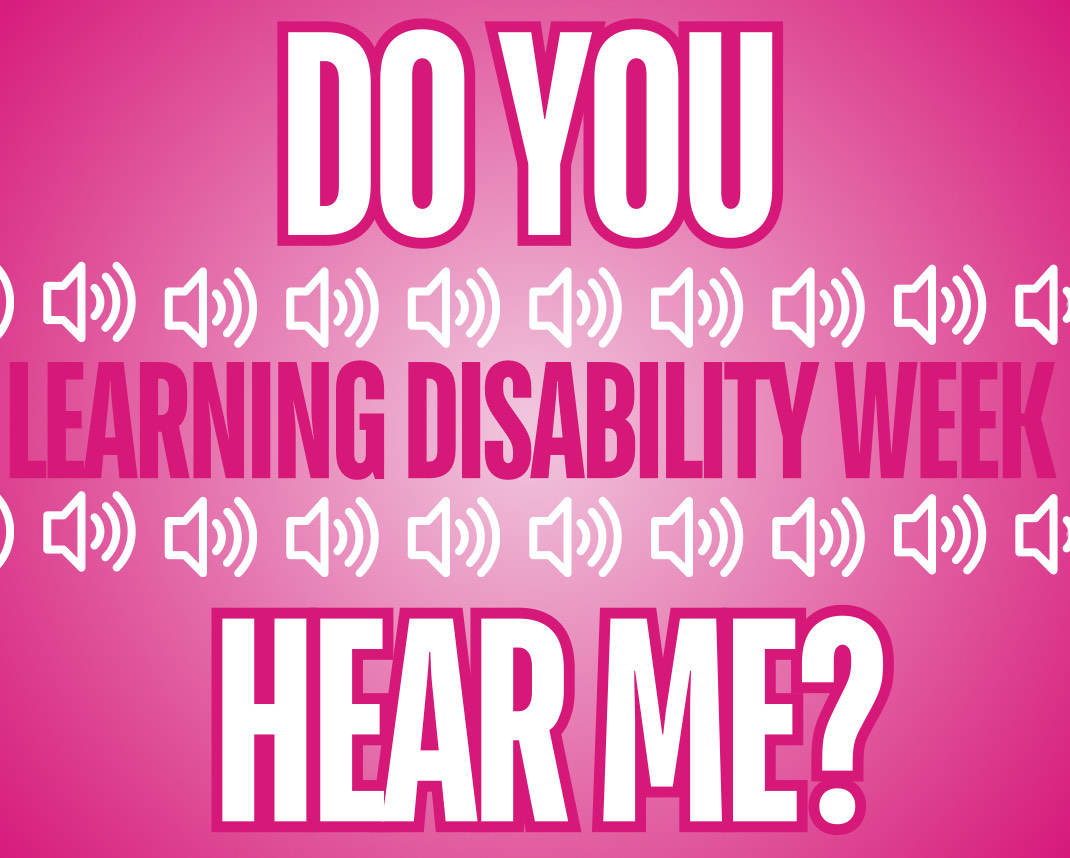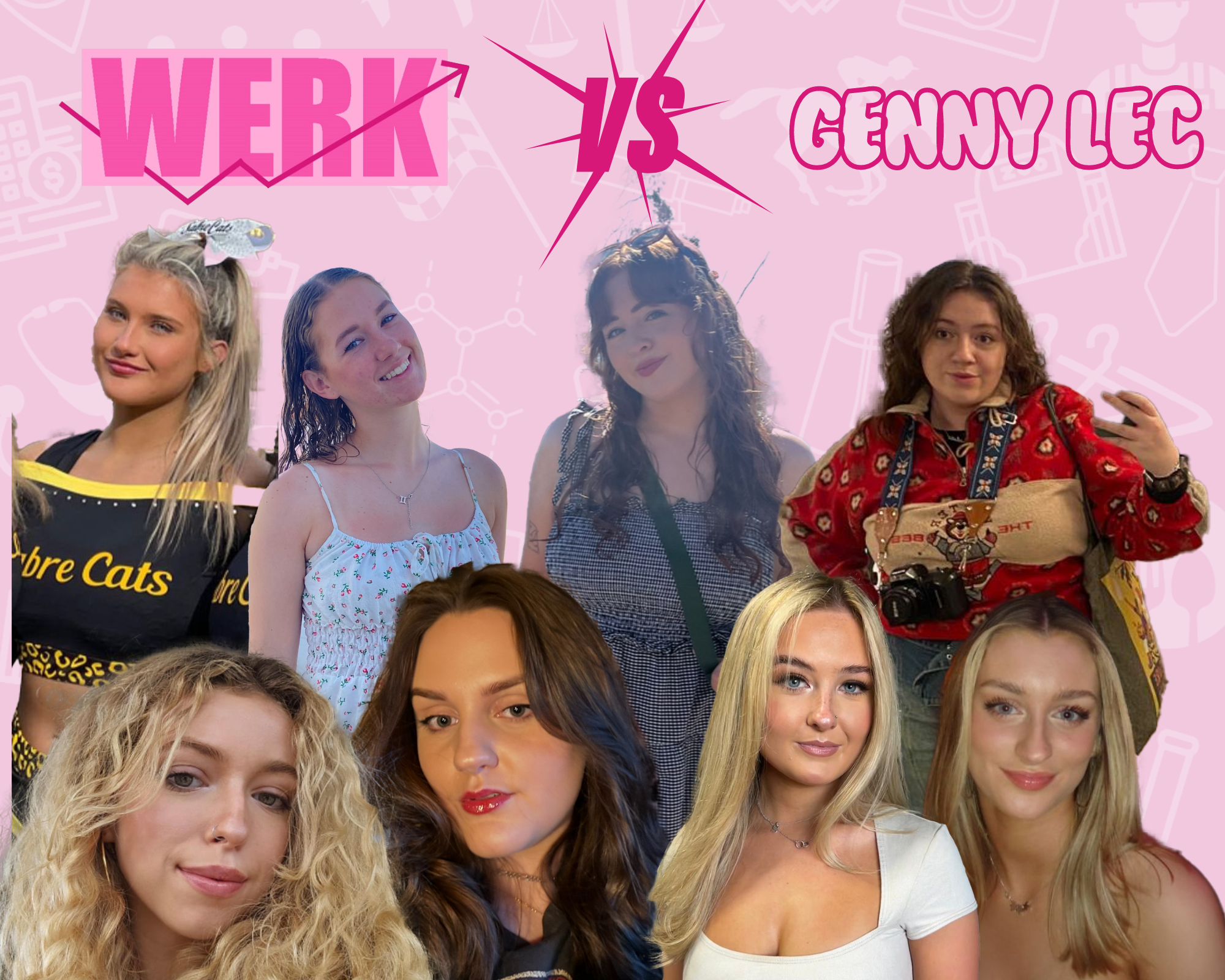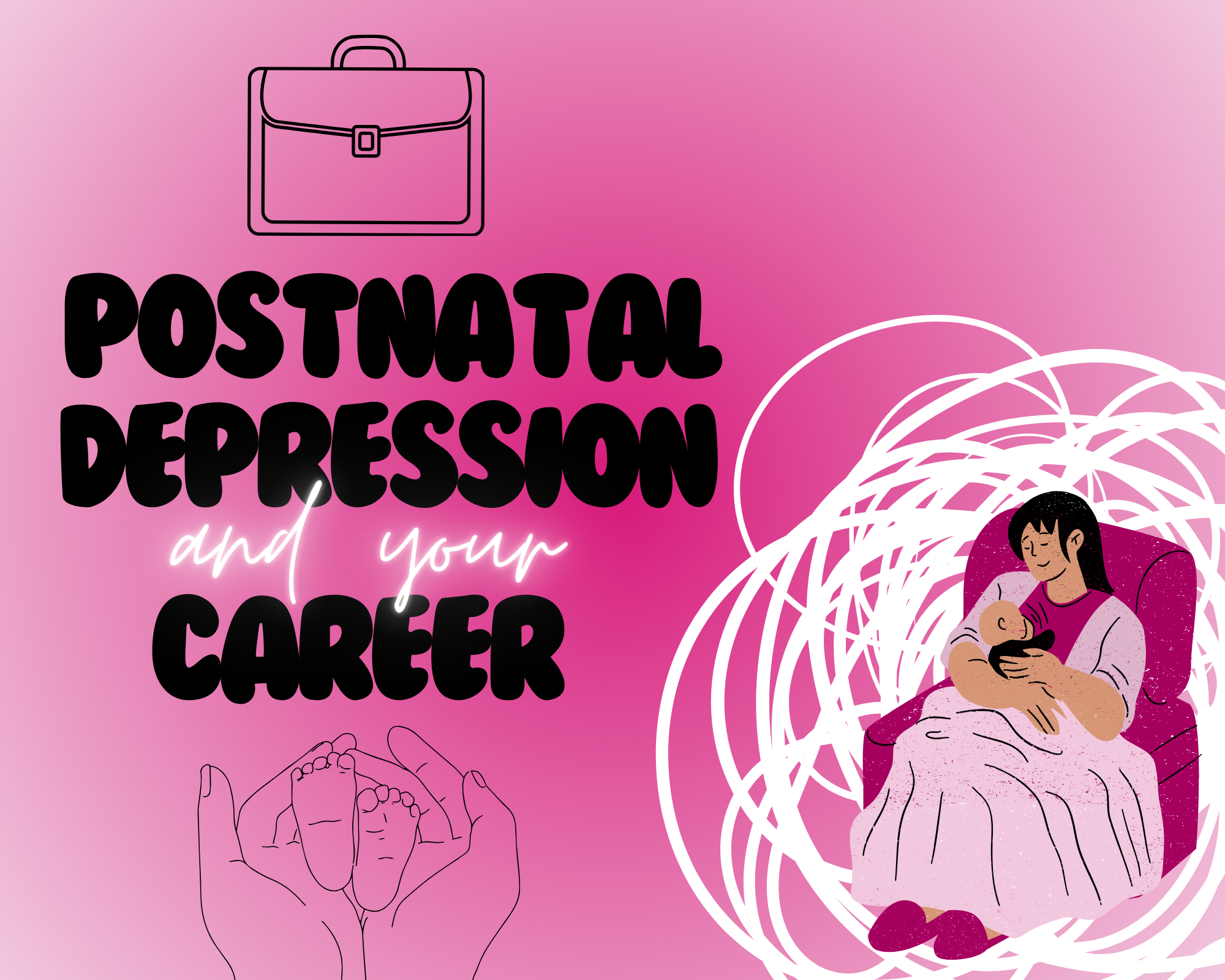With varying in dress codes, knowing how to dress whilst also incorporating your own style in the workplace and not losing your self identity can be hard. Work attire has gone from crafting five professional outfits a week to slippers and joggers on Zoom in Covid. Especially after the Covid Pandemic, a rise in remote and hybrid working has led to a change in work attire norms and expectations.
With a new generation entering the workforce, how can the likes of Gen Z incorporate a love for self expression or sustainability into work attire. Can we really be wearing Doc Martens in the workplace?
When you’re new to a job it can be hard to navigate the dress code of the company. One tip to try and gauge the work attire is when you are in your interview, have a look around and observe what your interviewee’s and other employees’ are wearing. Also you can check the company’s social media or website for a hint too. If you are still unsure you can always email your employer on the company’s dress policy. In addition, if you have personal queries around cultural and religious clothing, always discuss this with your supervisor as respect and comfortability are key in the workplace.
So how can you incorporate your sense of style in the workplace… ‘smart casual’ seems to be the answer to this modern day dilemma. But what actually is smart casual?
‘Smart casual’ originated in 1924 to describe a “sleeveless dress with three-quarter overblouses, in a smock appearance that completed it for streetwear.”
It is the combination of dressing professionally with your own personal flare to elevate your look whilst still appearing put together. It’s all about not losing your sense of style to the regimented office uniform and feeling comfortable. That could be wearing suit trousers and blouse and adding a colourful heel or pairing a leopard print blouse with a midi skirt. There’s no need to buy a new wardrobe, you just need staple pieces such as an oversized blazer, tailored trousers, stylish long skirts and neutral tops and blouses. These can be dressed up or down, for example a blazer can be paired with jeans and a t- shirt on more casual work days and a pair of trousers can be paired with a cardigan or a smarter blouse.
According to Indeed, ‘skirts, dresses, trousers, slacks, jumpers, collared shirts, blouses, blazers and jackets are some of the essentials for building a smart casual wardrobe’.
Werk have compiled a list of clothing ideas that you can style to elevate your smart casual wardrobe:
Tops:
- Neutral or colourful tops, blouses or shirts- stick to one bright colour, pattern or graphic in an outfit
- Change the style- such as wearing an open shirt with a top and tailored trousers
- Neutral outfits with a colourful cardigan
- Materials- chiffon, linen, embroidered or lace tops
Trousers and skirts:
- Experiment with colours, prints and materials eg: denim, corduroy, linen, satin
- Trousers and skirts with a subtle pattern can add that personal style to the outfit
- Tailored, straight or wide leg trousers, in neutral colours, are essential to the smart casual wardrobe
- Midi skirts are very trendy and stylish and a fun change to suit trousers.
- Linen trousers are the new summer bottoms of choice and these are a fashionable and flowy choice for the summer.
Dresses:
- Comfortable and professional option that looks put together, styled with a colourful shoe, sandals or trainers
- Examples: Wrap dresses, a- line dresses, pencil dresses, ensure they are length appropriate
For shoes you can vary from heels to flats eg: loafers, sandals and ballet flats. Also some trainers are work appropriate as long as they are neutral colours, plain design and have no excessive platform. Another statement piece you can include is accessories and bold jewellery such as statement necklaces or earrings and colourful glasses.
But how does ‘smart casual’ differ from ‘business casual’? Both offer professionality without the formality of business suits however, smart casual involves more stylish, trendy pieces. It is all dependent on your environment, as the dress code may vary for the office and a work event. For interviews too with a more casual approach, always go on the dressier side until you establish the work attire. Comfortability is key as you don’t want to be thinking about how tight your trousers are in the middle of an important interview.
The trick with smart casual is having a personalised sense of style and knowing how to dress for your body type to really elevate your work outfits. Different colours, materials, prints and silhouettes allow you to express your personality through your fashion.
Dress codes can vary for men and women in many workplaces, if you want to read more- Does Team USA’s new Olympics kits reveal another side to sexism in the world of sport? – Werk (werkmagazine.co.uk)
